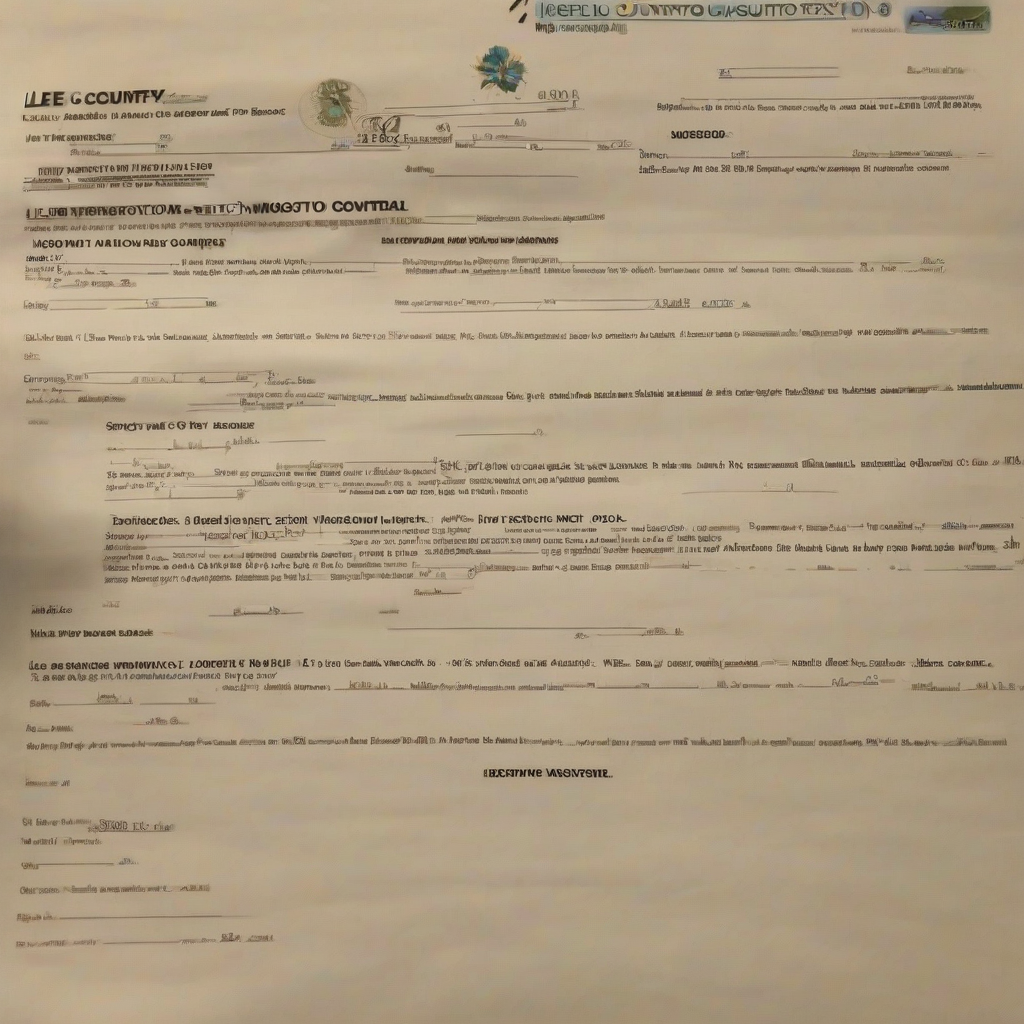Lee County Mosquito Control: A Comprehensive Guide to Prevention, Surveillance, and Response
Lee County, Florida, with its extensive wetlands and subtropical climate, provides an ideal breeding ground for mosquitoes. These insects are not only a nuisance, but also vectors for serious diseases like Zika virus, West Nile virus, and dengue fever. Effective mosquito control is therefore crucial for public health and the quality of life in Lee County. This comprehensive guide explores the multifaceted approach employed by Lee County Mosquito Control District (LCMCD) to manage mosquito populations and protect the community.
Understanding the Mosquito Problem in Lee County
The diverse ecosystem of Lee County supports a wide variety of mosquito species, each with unique breeding habits and disease-carrying potential. Factors contributing to high mosquito populations include:
- Abundant breeding sites: Standing water in ditches, canals, storm drains, discarded containers, and flooded areas provides ample breeding grounds.
- Subtropical climate: Warm temperatures and high humidity accelerate mosquito life cycles, leading to rapid population growth.
- High human density: The large population in Lee County provides abundant blood meals for mosquitoes.
- Tourism: The influx of tourists can increase mosquito populations and the risk of disease transmission.
Understanding these contributing factors is crucial for implementing effective control strategies.
Lee County Mosquito Control District (LCMCD): A Multi-pronged Approach
The LCMCD employs a comprehensive Integrated Pest Management (IPM) strategy that combines various methods to minimize mosquito populations while minimizing environmental impact. This strategy emphasizes prevention, surveillance, and targeted control measures.
1. Prevention: Proactive Measures to Reduce Breeding Sites
Preventing mosquito breeding is the most effective long-term control strategy. LCMCD actively engages in several preventive measures:
- Larviciding: Applying larvicides to standing water bodies eliminates mosquito larvae before they can mature into adults. This often involves treating ditches, canals, and other public areas.
- Source Reduction: Educating the public about eliminating standing water around their homes is vital. This includes emptying flower pots, cleaning gutters, and covering pools.
- Habitat Modification: LCMCD works to modify habitats to reduce mosquito breeding opportunities. This might involve improving drainage systems or restoring natural wetlands to enhance water flow.
- Community Outreach and Education: Public awareness campaigns inform residents about the importance of mosquito control and provide practical tips on reducing mosquito breeding sites on private property.
2. Surveillance: Monitoring Mosquito Populations and Disease Vectors
Effective mosquito control relies on accurate surveillance data. LCMCD utilizes a sophisticated surveillance system to monitor mosquito populations and identify potential disease vectors:
- Mosquito Trapping: Traps are strategically placed throughout the county to collect adult mosquitoes for identification and testing.
- Larval Surveillance: Inspecting potential breeding sites for mosquito larvae provides an early warning system for potential outbreaks.
- Disease Surveillance: Close collaboration with public health agencies allows for rapid detection and response to potential outbreaks of mosquito-borne diseases.
- Data Analysis: Collected data is analyzed to identify high-risk areas and inform control strategies.
3. Targeted Control: Applying Insecticides and Other Control Methods
When mosquito populations exceed acceptable thresholds, LCMCD employs targeted control methods:
- Adulticiding: Applying insecticides to control adult mosquito populations. This may involve ground spraying, aerial spraying (in specific situations and with public notification), and ultra-low volume (ULV) spraying.
- Biological Control: Introducing natural predators such as fish or certain bacteria to control mosquito larvae in specific environments.
- Community-Based Control: Working with residents and businesses to address mosquito breeding sites on private property.
- Emergency Response: Rapid response capabilities are in place to address outbreaks of mosquito-borne illnesses or unusually high mosquito populations.
Public Participation and Collaboration
Effective mosquito control requires the collaboration of the entire community. LCMCD actively encourages public participation through:
- Public education programs: Workshops, online resources, and educational materials provide information on mosquito prevention and control.
- Community involvement: LCMCD welcomes community input and participation in mosquito control initiatives.
- Reporting mosquito problems: Residents are encouraged to report areas with high mosquito activity or potential breeding sites.
- Transparency and communication: LCMCD provides regular updates on mosquito activity and control efforts.
Technological Advancements in Mosquito Control
LCMCD is committed to utilizing the latest technologies to improve its effectiveness and efficiency:
- Geographic Information Systems (GIS): GIS technology helps to map mosquito breeding sites, track mosquito populations, and optimize control efforts.
- Remote Sensing: Utilizing aerial imagery and satellite data to identify potential breeding sites and monitor environmental conditions.
- Data Analytics: Sophisticated data analysis techniques are used to predict mosquito outbreaks and optimize control strategies.
- Innovative Insecticides: LCMCD evaluates and utilizes newer, more environmentally friendly insecticides when appropriate.
Challenges and Future Directions
Despite its efforts, LCMCD faces ongoing challenges:
- Resistance to insecticides: Mosquitoes can develop resistance to insecticides, requiring the development of new control methods.
- Climate change: Changes in rainfall patterns and temperature can impact mosquito populations and disease transmission.
- Limited resources: Balancing the need for effective mosquito control with budgetary constraints.
- Public perception: Addressing concerns about the environmental impact of mosquito control methods.
Future directions for LCMCD include:
- Research and development: Investing in research to develop new and improved control methods.
- Enhanced surveillance: Improving the accuracy and efficiency of mosquito surveillance systems.
- Community engagement: Strengthening partnerships with the community to enhance public participation in mosquito control.
- Sustainable practices: Adopting more environmentally friendly and sustainable control methods.
Lee County Mosquito Control District plays a vital role in protecting the health and well-being of the community. Through its comprehensive approach to prevention, surveillance, and control, LCMCD strives to minimize mosquito populations and prevent the spread of mosquito-borne diseases. Continued community involvement and ongoing research are crucial for ensuring the long-term success of these efforts.
